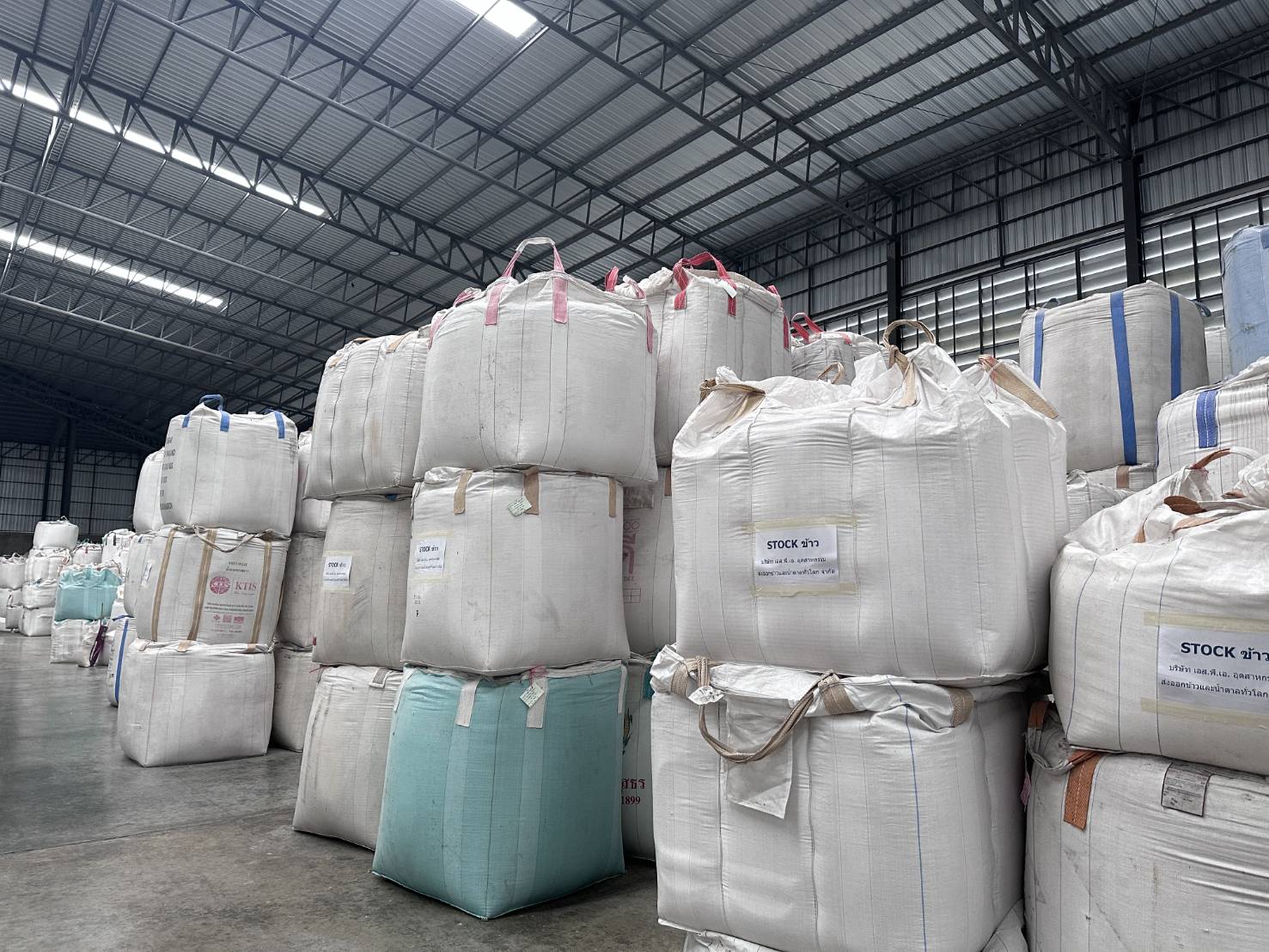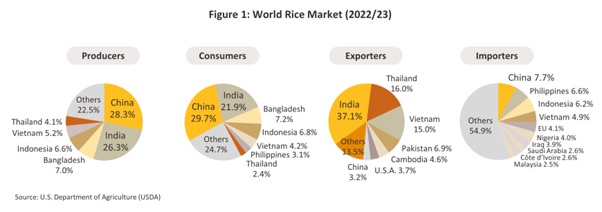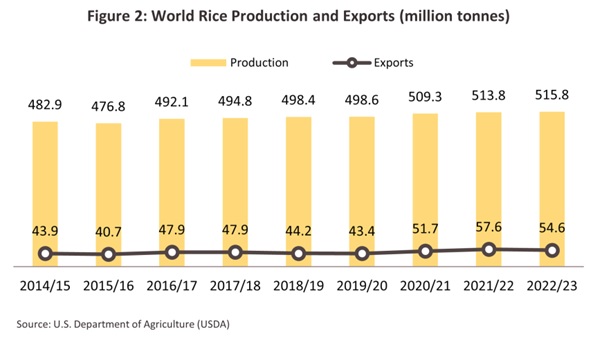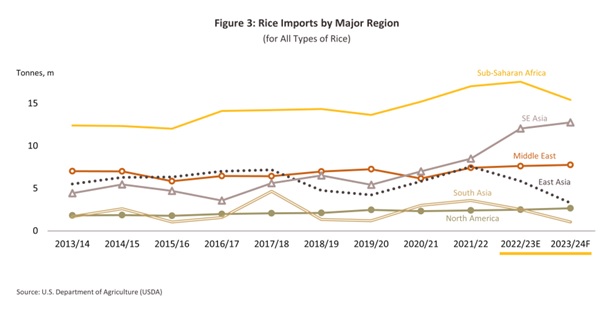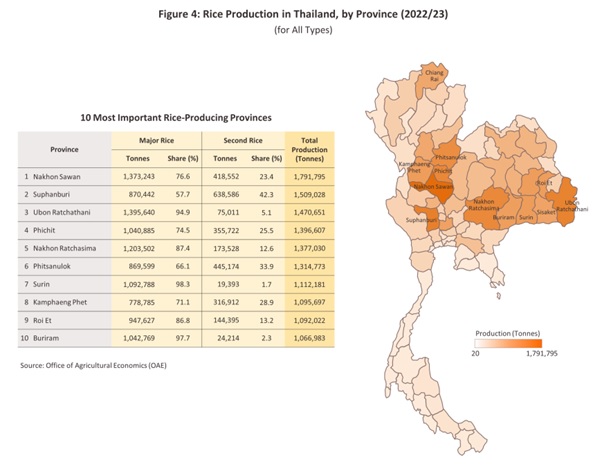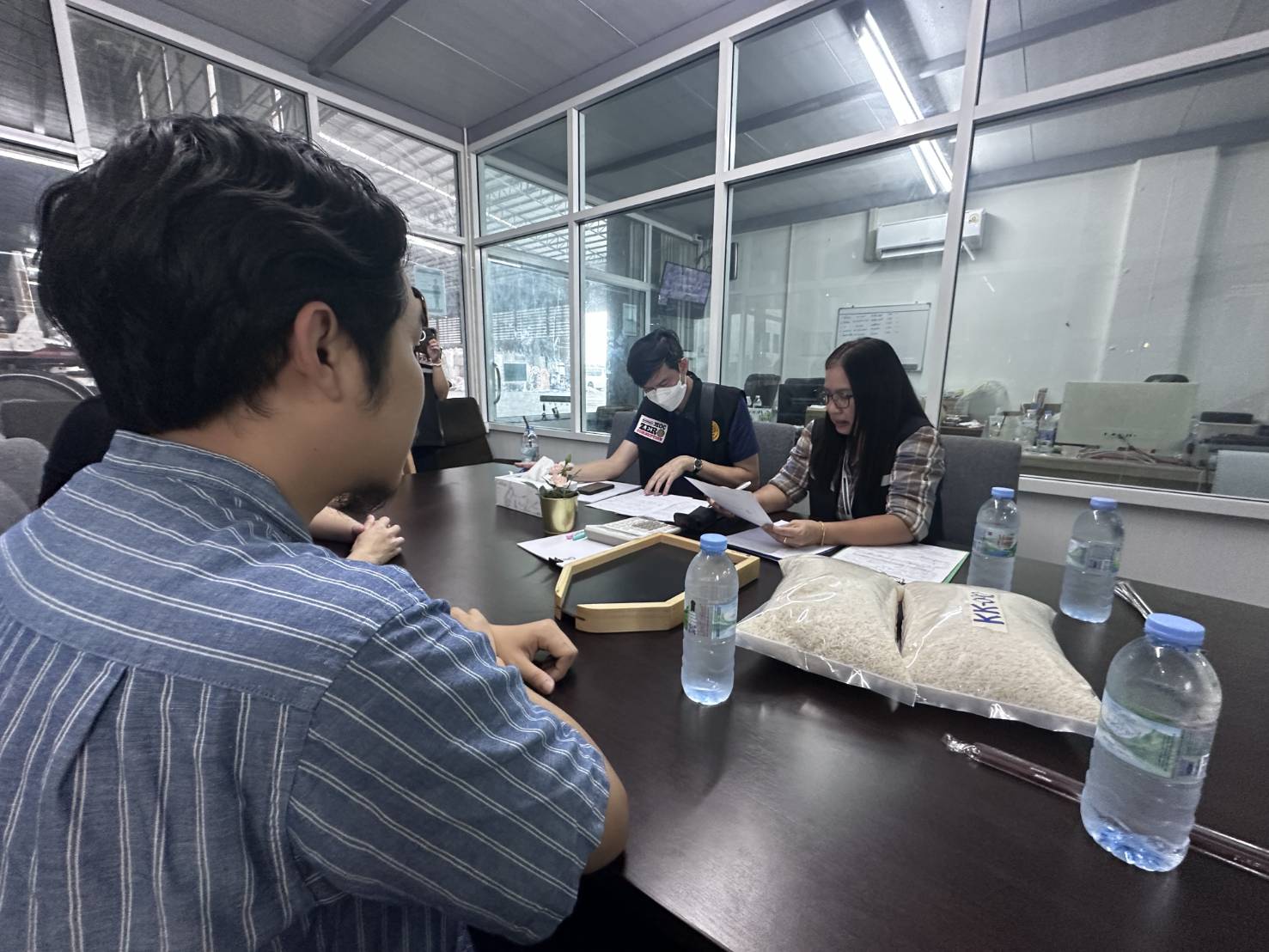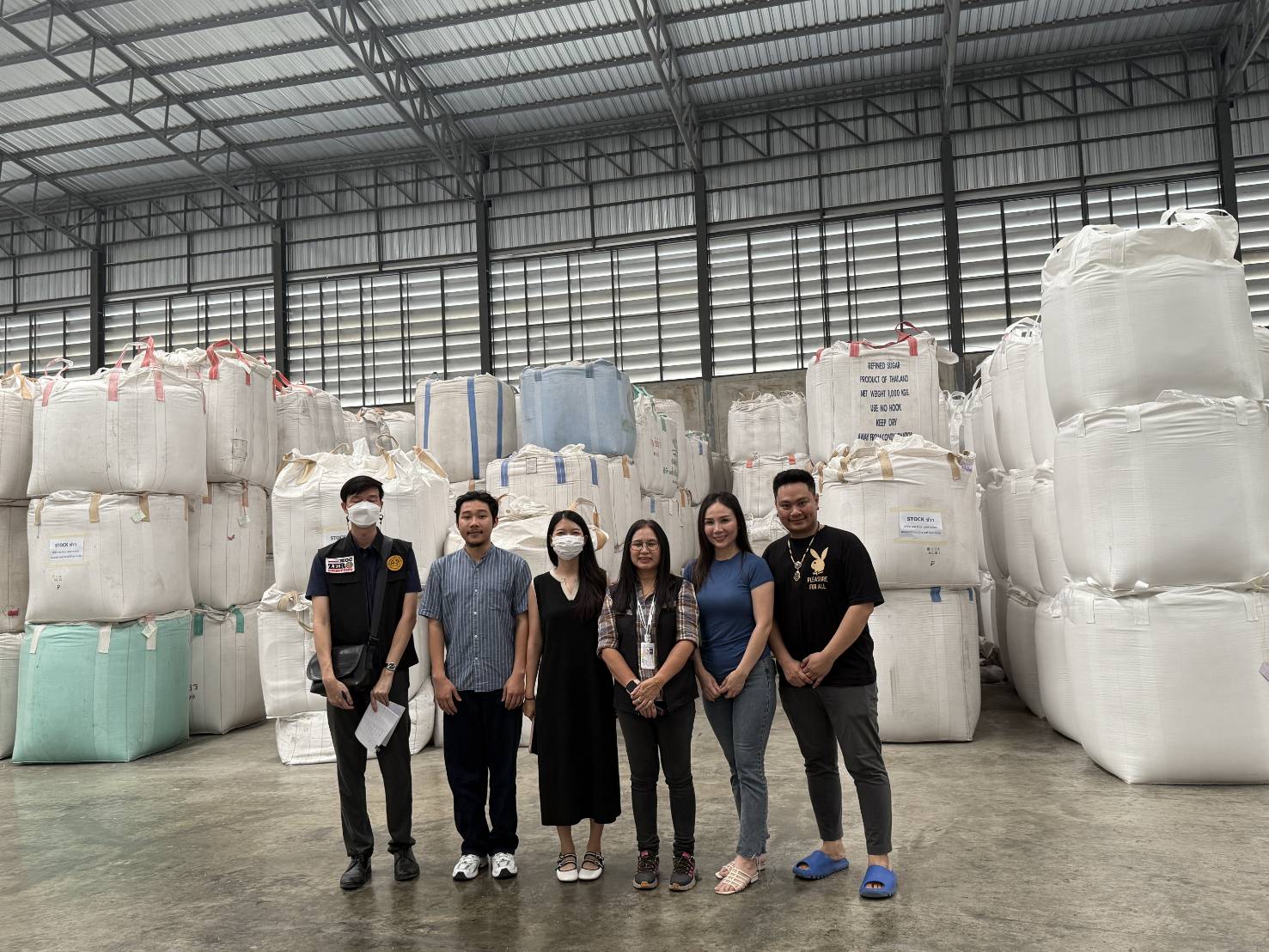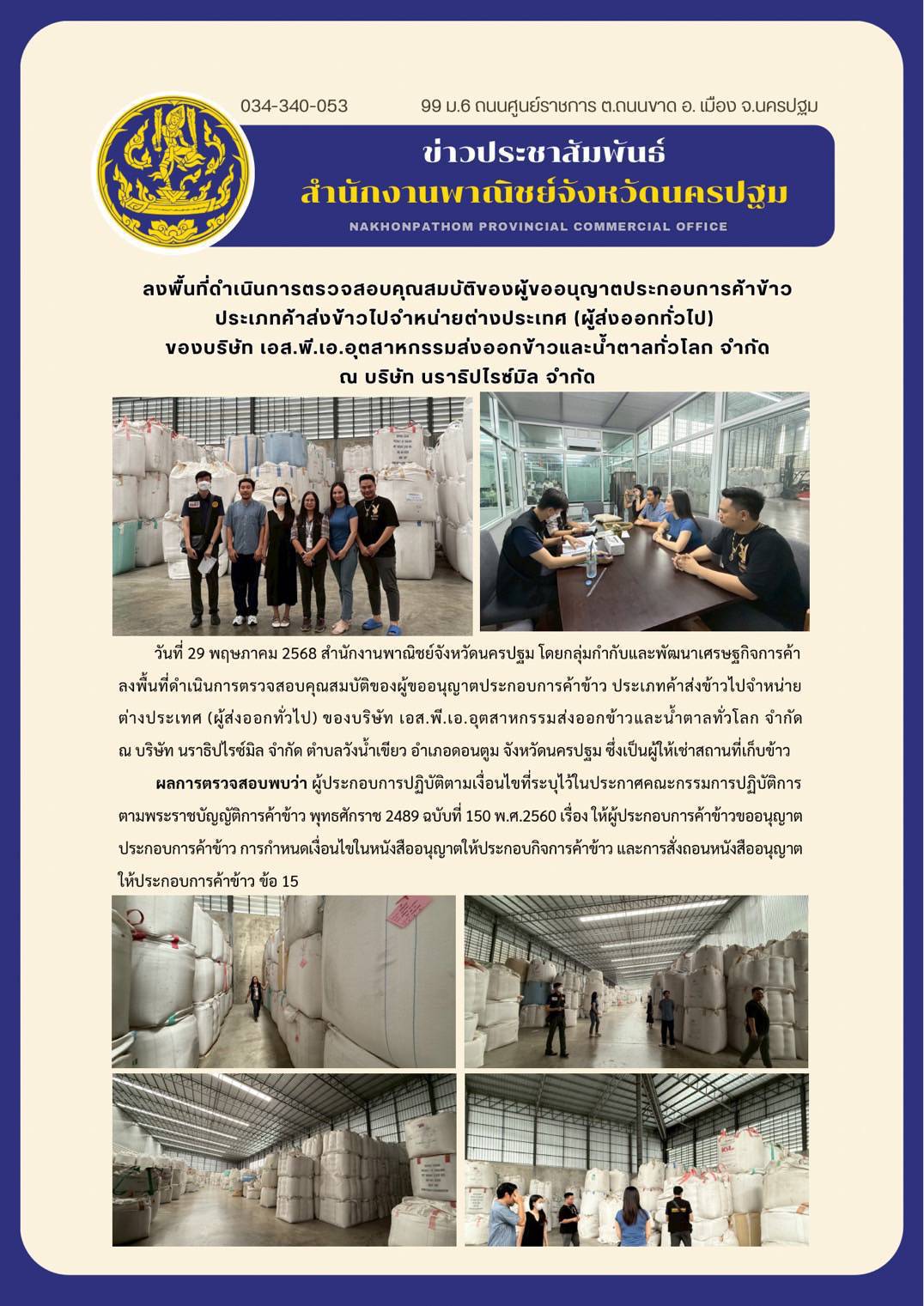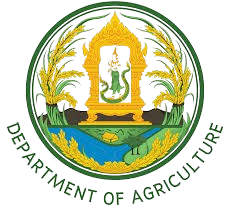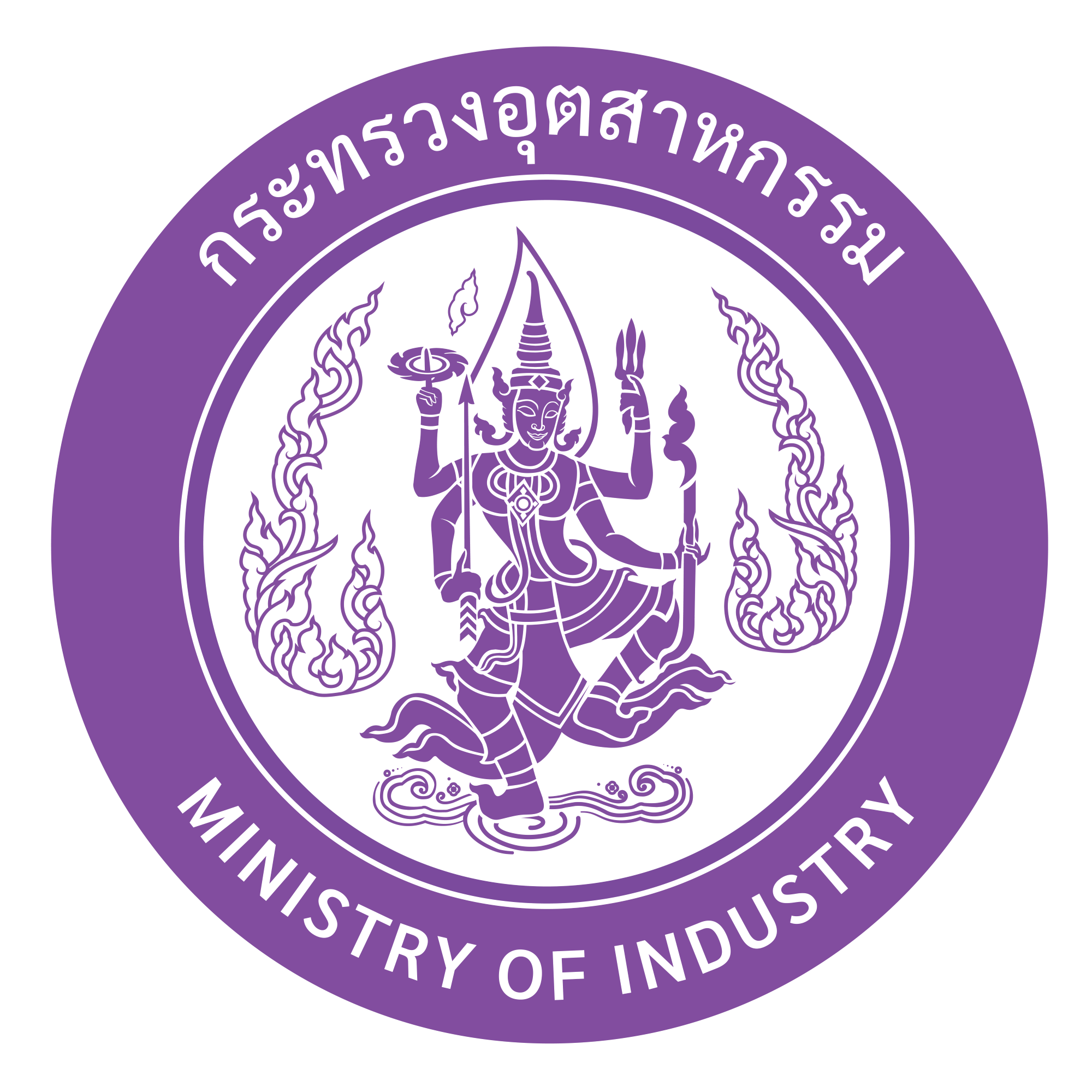The overall rice industry faces more challenges, especially in 2024, which will face volatile weather conditions from drought in the early part of the year and flood risks in the second half of the year, before production returns to expansion in 2025-2026. Although prices remain high, rising costs are still putting pressure on the profitability of operators throughout the Thai rice production chain, from farmers, rice mill operators, silos, and rice retailers, especially medium-sized and small-sized enterprises.
Thailand's Global Position
Thailand is a major rice producer and exporter in the world. In 2022/2023, Thailand had the 6th highest rice production in the world, accounting for 4.1% of global rice production. (After China, India, Bangladesh, Indonesia and Vietnam, which account for 28.3%, 26.3%, 7.0%, 6.6% and 5.2% of the production, respectively) And Thailand is the world's second largest rice exporter, with a market share of 16.0%, second only to India, which has a market share of 37.1%, with other important competitors such as Vietnam, Pakistan, and Cambodia. However, global rice exports account for only 10.6% of global rice production (Figure 2), as rice is primarily grown for domestic food security. Therefore, the volume of international rice trade is a surplus of production from consumption in each country, with the main rice import markets being in Africa and Asia, respectively.
